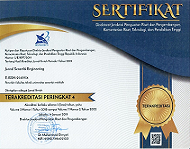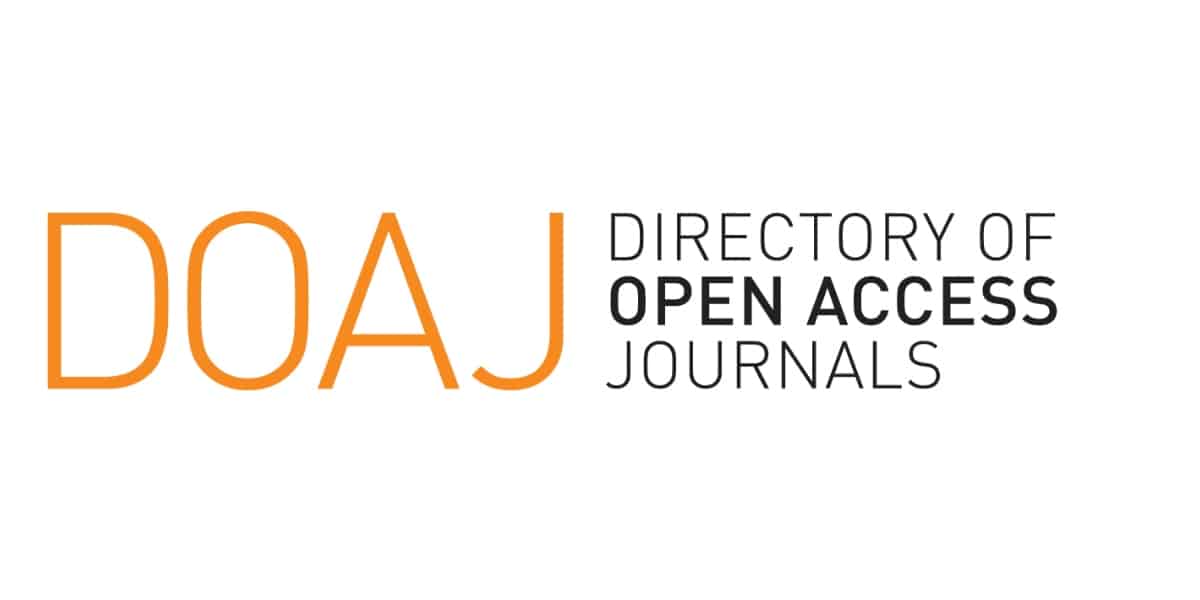Estimasi Timbulan Emisi Gas Metana dari Kegiatan Penimbunan Sampah di TPA Desa Selopuro Kabupaten Ngawi dengan Metode IPCC 2006
Keywords:
greenhouse gas inventories, methane generation, SWDS, landfill activitiesAbstract
Increasing greenhouse gas (GHG) emissions cause global warming. The importance of collecting data on emissions generation, including methane gas emissions (CH4) for GHG inventory. This research aims to provide a more accurate estimate of the production potential for methane gas (CH4) emissions at the solid waste disposal site in Selopuro, Ngawi Regency. Analysis of the generation of methane gas (CH4) emissions from waste landfill activities at SWDS was carried out using the IPCC Waste Model as stated in the guidelines for national greenhouse gas inventories published by the Intergovernmental Panel on Climate Change (IPCC) in 2006. Methane emissions produced by organic waste were 12.22 tonsCH4/month, paper waste 6.60 tonsCH4/month, wood waste 2.61 tonsCH4/month, textile waste 0.88 tonsCH4/month, and rubber and leather waste 2.3 tonsCH4/month. If the CH4 emissions from each type of waste are added up, the resulting estimated CH4 emissions are 24.61 tonsCH4/month. Waste management activities at the integrated waste management site, compost processing and waste reduction by scavengers can reduce methane gas generation by 11.5% so that the potential for methane gas generation drops to 21.79 tonsCH4/month or 0.73 tonsCH4/day. The reduction in CH4 emissions can be increased by optimizing waste reduction or utilizing methane gas in landfills.
















